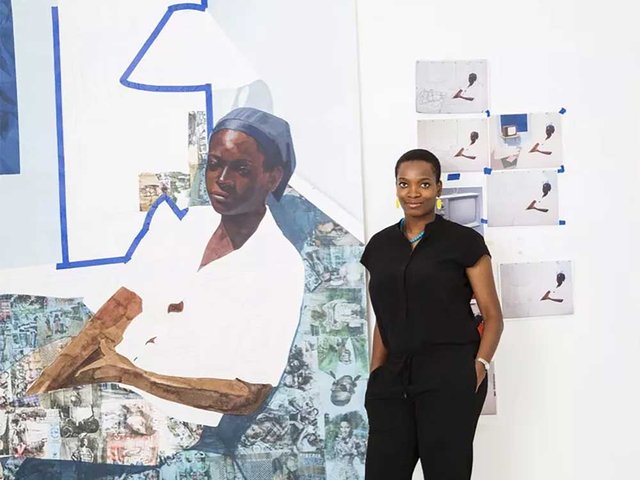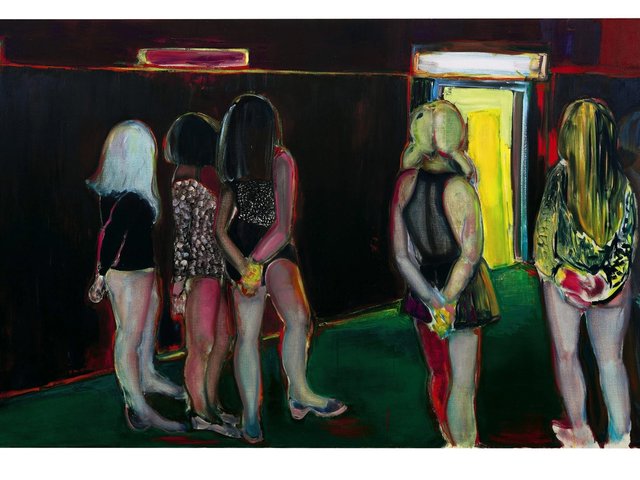Women created just over $1bn worth of art, from the total $11bn sold at auction in 2022, according to a report released by Artsy today.
Such stark figures are not alone in the art platform’s first Women Artists Market Report, which is being launched on International Women’s Day. Indeed, of the 500 most expensive works sold, only 50 were created by women and none of the latter made it to the top 50 ‘most expensive’ category. While Yayoi Kusama was found to be the woman artist with the highest volume of works at auction over the past ten years (with sales totalling $762m), the figures pale in comparison with the £5.1bn brought in from sales of Pablo Picasso’s work in the same period.
“Our goal with [the report] is to give a sense of where women stand in the art market and shed light on the disparities that still exist, despite the near-ubiquity of women artists in art publications, exhibitions, and art-world chatter today, says Casey Lesser, director of content for Artsy.
There were some signs of increasing equity. While this year’s 9.3% of overall auction sales going to work by female artists in 2022 appears low, it represents a slight increase on the 6% recorded between 2012 and 2022.
The ultra-contemporary market (1975 to present) also stands out in its promise of change; of the auction market share for artists born in and around 1975, 43.6% were female. For artists born between 1985 to present, women actually dominate, enjoying over 63% of the market share. Key figures in this portion of the market, according to the report, include the American artist Avery Singer and the Nigerian artist Njideka Akunyili Crosby.
Another key area moving towards parity is the art world’s "rediscovery" of late women artists, "both institutionally and commercially", according to the report. Unsurprisingly, this includes works by Louise Bourgeois (whose spider sculpture sold for $40m at last year’s Art Basel fair) and Georgia O’Keeffe, three works by whom sold for over $12m at the Paul Allen sale. Surrealism, Abstraction and Expressionism are all noted within the report as genres demonstrating strength in prices fetched for works by females.
This is not the first time that the industry has had to face up to its ongoing inequality in recent months. In December, the annual Burns Halperin report, which explores representation in US museums and the wider market, found that just 11% of acquisitions by US museums were by female-identifying artists. Optimism around digital innovation as a levelling force are also looking increasingly problematic, with another report published by the AI-powered app Limna today suggesting that just 5-15% of the NFT industry’s turnover is generated by works created by women.
“Our hope is that the findings will inspire change in the industry, and among collectors, and to advance the progress that has already been made towards a more equitable art market for all,” lasser says.





